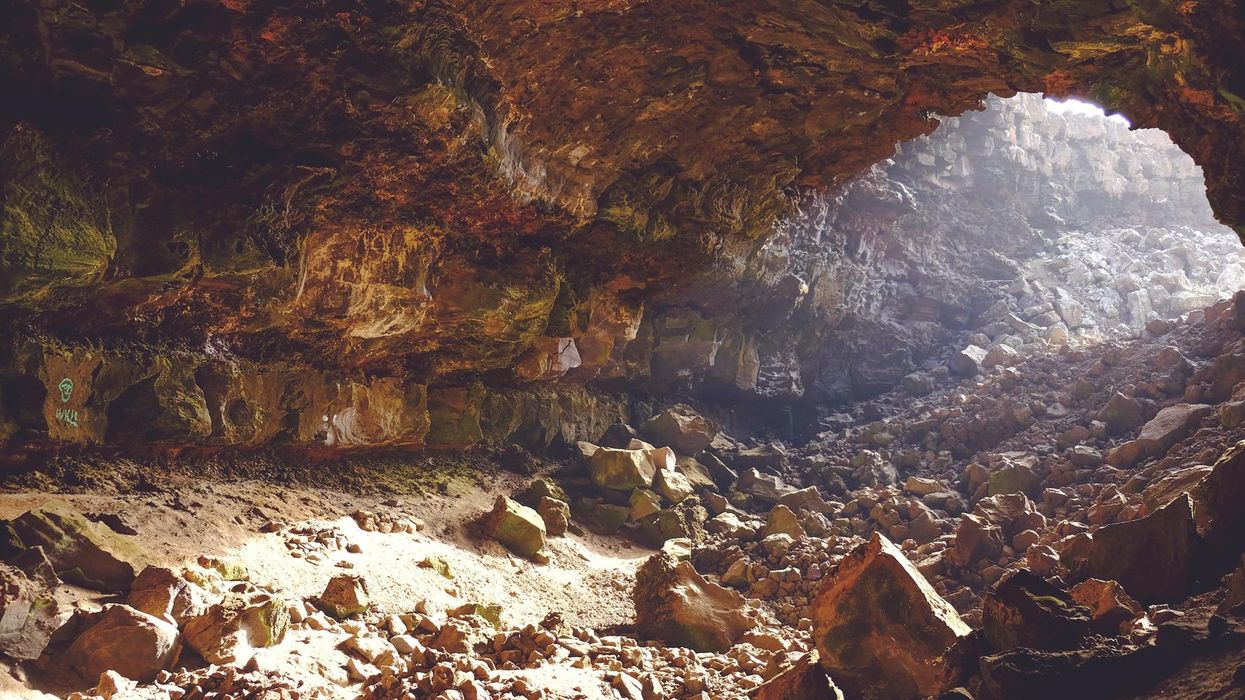News
Indy100 Staff
May 16, 2017

Picture:
Unsplash
At an archaeological dig in Siberia, the oldest piece of jewellery has been discovered.
The green bracelet, which was uncovered at the Denisova Cave, was found along with the bones of a woolly mammoth and other artefacts dating back 125,000 years report Digital Journal.
The cave is named after a mysterious extinct branch of humanity called the Denisovans, who are believed to have lived in and around the Altai Mountains of eastern Russia.
After studying the genomes the ancient Denisovans, scientists have found some similar genetic features in the the modern-day people of East Asia, reinforcing the theory that they co-existed and possibly interbred with the human race's ancestors the Neanderthals.
Prior to the bracelet's discovery, it was believed that Denisovans were more primitive than their Neanderthal cousins, however, the intricacies and skill required to make the jewellery throw that theory into question.
Digital Journal report that experiments on the bracelet have ruled out the possibility that it was crafted by homo sapiens or Neanderthals, with scientists confident that the item was created 30, 000 years before the beginning of the Stone Age.
The bracelet, which is made of chlorite, a stone from more than 150 miles away from the cave, is currently being held by the Museum of History and Culture of the Peoples' of Sibera and the Far East in Novosibirsk.
Speaking to the Mail Online, the head of the museum Irina Salnikova, said: "The skills of its creator were perfect. Initially we thought that it was made by Neanderthals or modern humans, but it turned out that the master was Denisovan".
While Anatoly Derevyanko, Director of the Institute of Archaeology and Ethnography, of the Siberian Branch of the Russian Academy of Science, explained to the website:
It is unlikely it was used as an everyday jewellery piece. I believe this beautiful and very fragile bracelet was worn only for some exceptional moments.
From the fragments of the bracelet, experts have determined that it would be worn on the right hand, most likely by a woman or child.
Dr Derevyanko told the Mail Online:
There is a drilled hole with a diameter of about 0.8 cm.
Studying it scientists found out that the speed of rotation of the drill was rather high with minimal fluctuation, and there was applied easel drilling - technology that is common for more recent times.
The ancient master was skilled in techniques previously considered not characteristic for the Palaeolithic era.
More: You might have a peanut allergy because of your ancestors
Top 100
The Conversation (0)













